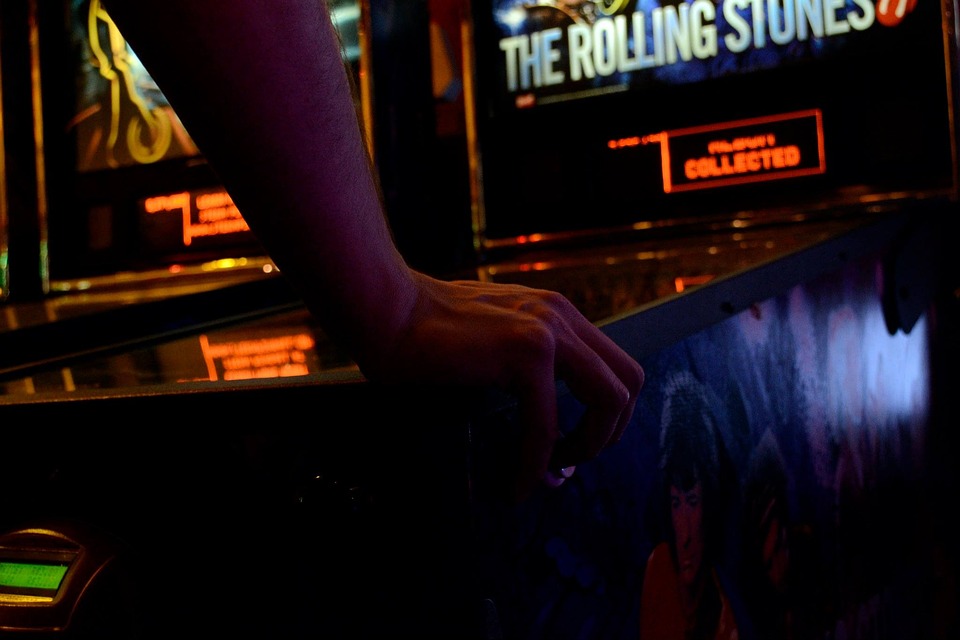The arcade era, which rose to prominence in the late 1970s and early 1980s, transformed the landscape of gaming forever. It was a time when pixelated graphics, catchy soundtracks, and simple yet addictive gameplay captivated players in shiny, coin-operated cabinets. Though decades have passed, the essence of these classics still resonates today, as we explore the evolution of arcade games and their lasting impact on the gaming industry.
The Golden Age of Arcades
At the heart of the arcade movement were games like Pong, Space Invaders, and Pac-Man. These games were revolutionary not just for their gameplay but also for their social aspect; players flocked to arcades not just to compete against the game, but against each other. The bright lights, the sound of quarter-after-quarter dropping into the machines, and the sense of community created an electric atmosphere that defined the culture of gaming at the time.
The Graphics and Soundtrack Revolution
Early arcade games were often limited by hardware capabilities, leading to charmingly simplistic pixelated art and chiptune soundtracks. The visual style became a signature of the era, with titles like Donkey Kong and Galaga creating instantly recognizable characters and settings despite their restrained graphics. The sounds, often made up of beeps and bloops produced by simple sound chips, became iconic in their own right, embedding themselves in the auditory memory of a generation.
The 16-Bit Era and Home Consoles
By the late 1980s and early 1990s, the introduction of 16-bit consoles brought a new wave of innovation. Games started to evolve from the basic mechanics of earlier titles, incorporating deeper storytelling, complex levels, and richer soundscapes. Titles like Street Fighter II and Mortal Kombat created a new genre of fighting games, while classics like Sonic the Hedgehog and Super Mario World showcased the possibilities of colorful graphics and animated backgrounds.
Yet, with the rise of home consoles, arcades started to face a decline as players preferred the comfort and convenience of gaming at home. Nevertheless, arcades found ways to adapt, veering towards multiplayer experiences and unique cabinet designs for games like Dance Dance Revolution and Light Gun Shooters, ensuring their survival as social hubs.
The Shift to 3D and Modern Gaming
As the gaming industry transitioned into the 3D realm with more powerful hardware in the late 1990s and early 2000s, traditional pixel art began to fade. However, the spirit of arcade gaming was never completely extinguished. The rise of digital distribution platforms in the 2010s led to a resurgence of interest in retro gaming and indie titles, as developers began to create games that paid homage to the classics.
Modern games like Cuphead and Undertale blend retro aesthetics with contemporary storytelling and gameplay mechanics, proving that the lessons of arcade games are timeless. These titles harness nostalgia while offering fresh experiences to a new generation, bridging the gap between past and present.
The Resurgence of Pixel Art
Today, pixel art is experiencing a renaissance. Game developers are returning to the simplistic yet charming aesthetic that defined early arcade games, utilizing it to evoke feelings of nostalgia while still creating captivating narratives. The indie gaming scene has been instrumental in this revival, with titles such as Stardew Valley and Hyper Light Drifter demonstrating how pixel art can be utilized in innovative ways that tell complex stories and engage players in new experiences.
Conclusion: A Legacy of Innovation and Community
The journey from the pixelated dreams of the past to today’s complex gaming landscape highlights not only the technological advancements but also the evolution of gaming culture. Arcade classics laid the groundwork for the gaming industry as we know it, fostering a sense of community and competition that remains relevant today.
With new technologies like virtual reality and augmented reality on the horizon, how the future will continue to draw inspiration from the golden age of arcades remains to be seen. As we reminisce about the joy of high scores, vibrant pixels, and the magic of a lively arcade, it’s clear that the heart and soul of those early games will forever echo in the fabric of gaming. The legacy of arcade classics will continue to inspire future generations, ensuring that the pixelated dreams of yesterday will not only endure but thrive in the ever-evolving world of gaming.



